Su tiempo es más amplio de lo que un arquitecto estaría dispuesto a reconocer. Puede anticiparse al resto, agarrarse a la cabeza como una garrapata, absorbiendo energías mientras las partes fundamentales de la obra aún están por nacer. Es un coágulo difícil de ignorar una vez que toma forma. Y, sin embargo, el tiempo acaba por descartarlo o por afirmarlo, dejándolo ser.
El detalle es, en ese sentido, una condensación material que resume, amplifica o incluso salva lo que en el resto del proyecto se ha querido resolver de forma incompleta. A veces es un atajo, en otras un callejón sin salida. Es una bendición cuando se convierte en luz que alumbra por donde continuar la tarea. En ocasiones es al prestar atención al detalle lo que permite desatascar el proceso, siempre costoso, de traer una obra al mundo.
Dicho todo esto, puede concluirse que el detalle no aparece, como se cree, cuando todo está hecho y solo falta afinar el remate o el resultado. No es el último paso ni se relaciona con lo puramente ornamental. El detalle obliga a bajar un peldaño más, a adentrarse en la profundidad del todo. A afinar. Es una forma de pensamiento, no de mero remate. Los proyectos lanzan sus detalles como quien lanza anclas. Su tiempo no es nunca el de la prisa, sino el de ir al fondo. Ir un poco más allá en la definición, en el matiz, en el sentido.
En ese momento, el detalle actúa como una señal luminosa, marcando el camino en el tramo final del trabajo. Su carácter definitivo suele adquirir forma en el diálogo con los otros: el carpintero, el ebanista, el artesano del azulejo o del color. El detalle, entonces, deja de ser solo del arquitecto. Es compartido.
Entre esos tiempos, el detalle siempre es una inmejorable piedra de toque.
Its timeline is broader than most architects would care to admit. It may precede the rest, latch onto the head like a tick, draining energy while the core parts of the work are still waiting to be born. It becomes a clot that is hard to ignore once it takes shape. And yet, time eventually discards it—or confirms it—letting it be.
The detail is, in this sense, a material condensation that sums up, amplifies, or even redeems what the rest of the project tried and failed to resolve. Sometimes it’s a shortcut, other times a dead end. It is a blessing when it becomes a light that shows the way forward. Often, it is precisely the act of paying attention to the detail that helps unblock the difficult process of bringing a work into the world.
All this said, one must conclude that the detail doesn’t appear, as some believe, when everything is done and only the finishing touches remain. It is not the last step, nor is it purely ornamental. The detail forces a deeper descent—into the concept, into precision. It sharpens. It is a way of thinking, not merely a finishing touch. A project casts its details like anchors. And their timing is never rushed. It is the time of depth, of going further into definition, nuance, and meaning.
At that point, the detail acts like a beacon, marking the path through the final stretch of the work. Its definitive character often emerges through dialogue with others: the carpenter, the cabinetmaker, the tile or color artisan. The detail, then, is no longer the architect’s alone. It becomes shared.
In those moments, the detail is always a touchstone.























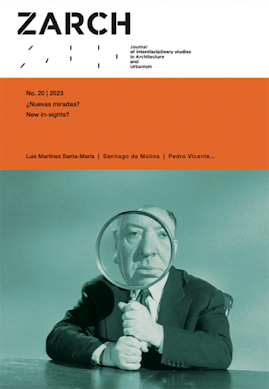
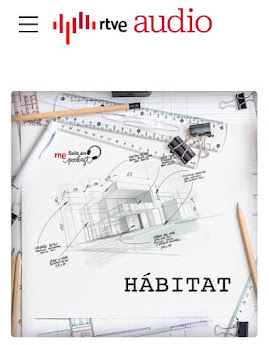
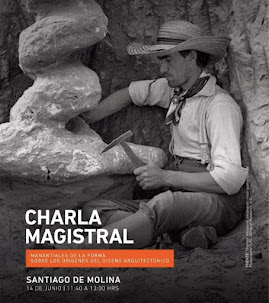
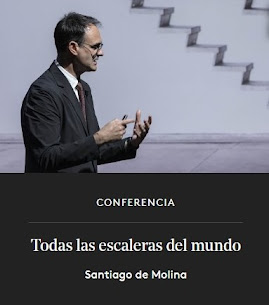

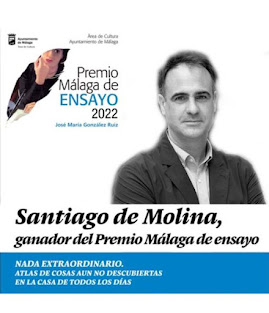




























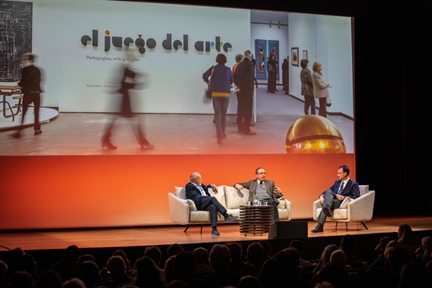




















































No hay comentarios:
Publicar un comentario